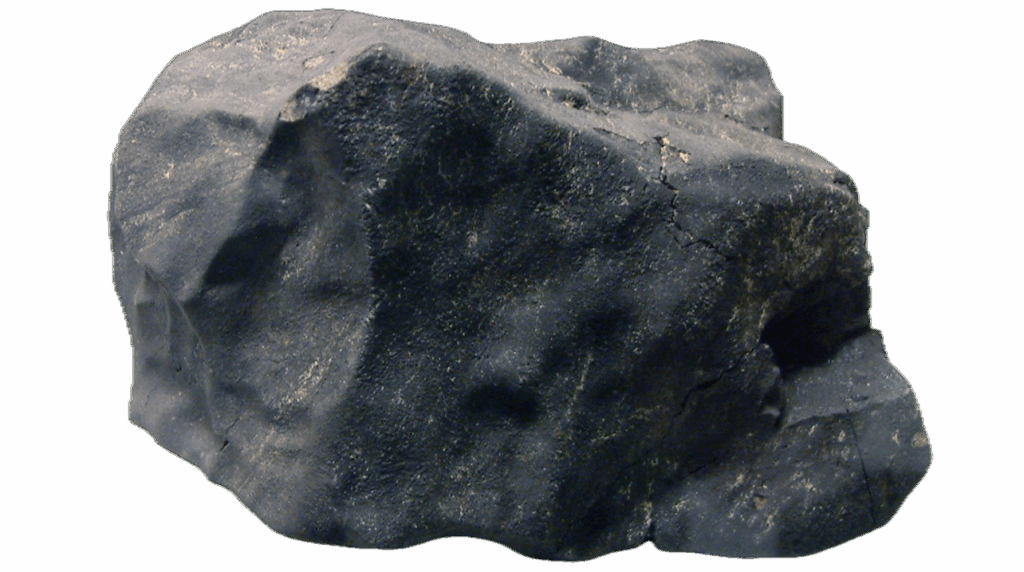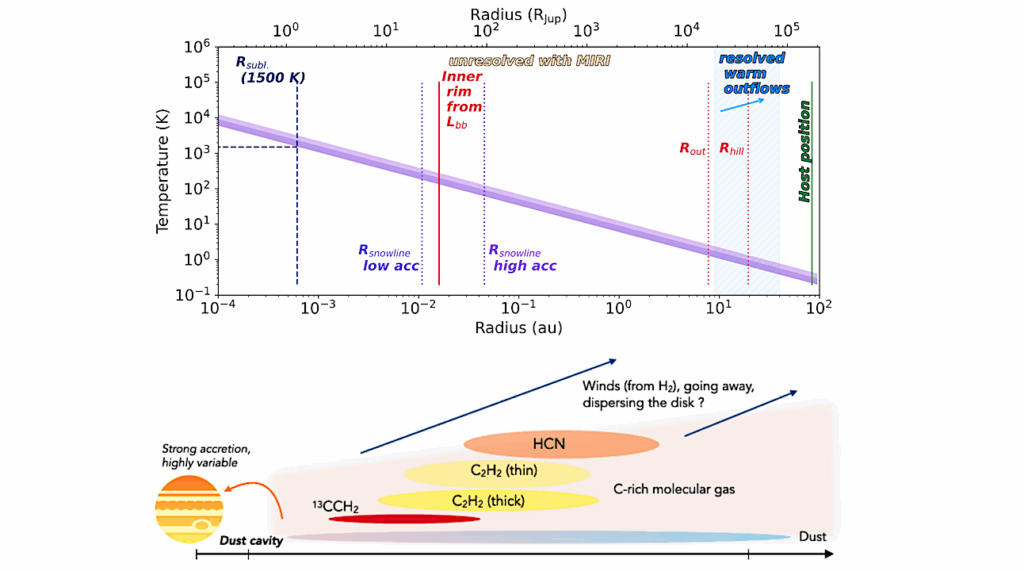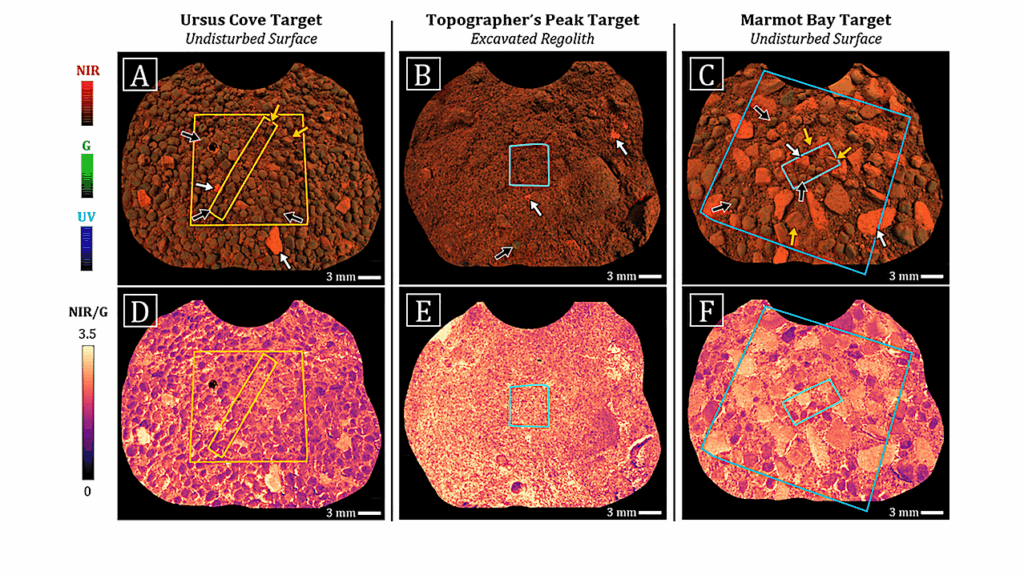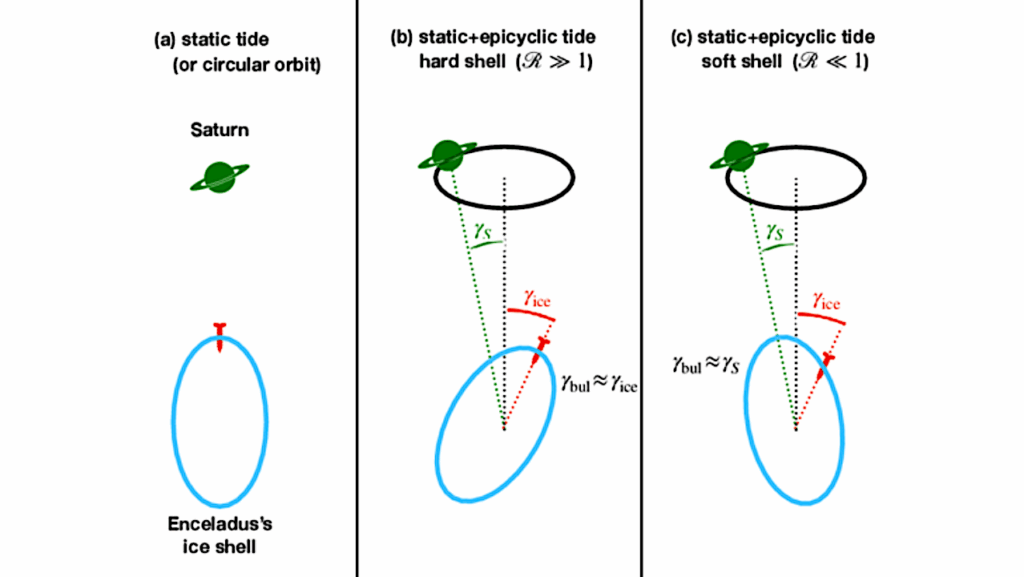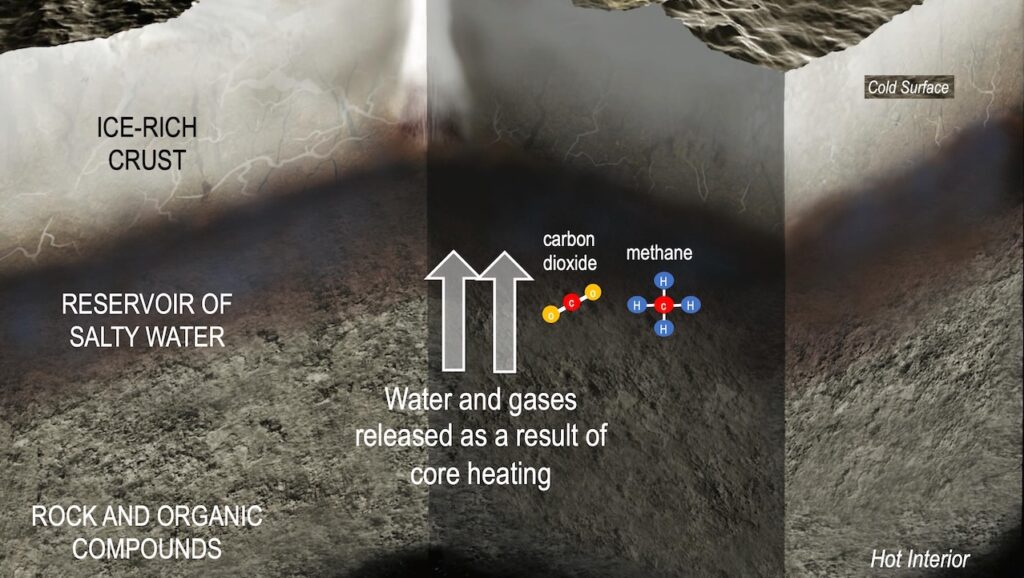The Delivery of Water During Terrestrial Planet Formation

The planetary building blocks that formed in the terrestrial planet region were likely very dry, yet water is comparatively abundant on Earth. We review the various mechanisms proposed for the origin of water on the terrestrial planets.
Various in-situ mechanisms have been suggested, which allow for the incorporation of water into the local planetesimals in the terrestrial planet region or into the planets themselves from local sources, although all of those mechanisms have difficulties. Comets have also been proposed as a source, although there may be problems fitting isotopic constraints, and the delivery efficiency is very low, such that it may be difficult to deliver even a single Earth ocean of water this way. The most promising route for water delivery is the accretion of material from beyond the snow line, similar to carbonaceous chondrites, that is scattered into the terrestrial planet region as the planets are growing.
Two main scenarios are discussed in detail. First is the classical scenario in which the giant planets begin roughly in their final locations and the disk of planetesimals and embryos in the terrestrial planet region extends all the way into the outer asteroid belt region. Second is the Grand Tack scenario, where early inward and outward migration of the giant planets implants material from beyond the snow line into the asteroid belt and terrestrial planet region, where it can be accreted by the growing planets. Sufficient water is delivered to the terrestrial planets in both scenarios.
While the Grand Tack scenario provides a better fit to most constraints, namely the small mass of Mars, planets may form too fast in the nominal case discussed here. This discrepancy may be reduced as a wider range of initial conditions is explored. Finally, we discuss several more recent models that may have important implications for water delivery to the terrestrial planets.
David P. O’Brien, Andre Izidoro, Seth A. Jacobson, Sean N. Raymond, David C. Rubie
(Submitted on 16 Jan 2018)
Comments: Accepted Jan 14, 2018 for publication in Space Science Reviews under the topical collection The Delivery of Water to Protoplanets, Planets and Satellites and in an ISSI Space Science Series book of the same title
Subjects: Earth and Planetary Astrophysics (astro-ph.EP)
Cite as: arXiv:1801.05456 [astro-ph.EP] (or arXiv:1801.05456v1 [astro-ph.EP] for this version)
Submission history
From: David O’Brien
[v1] Tue, 16 Jan 2018 19:25:44 GMT (2744kb)
https://arxiv.org/abs/1801.05456
Astrobiology


